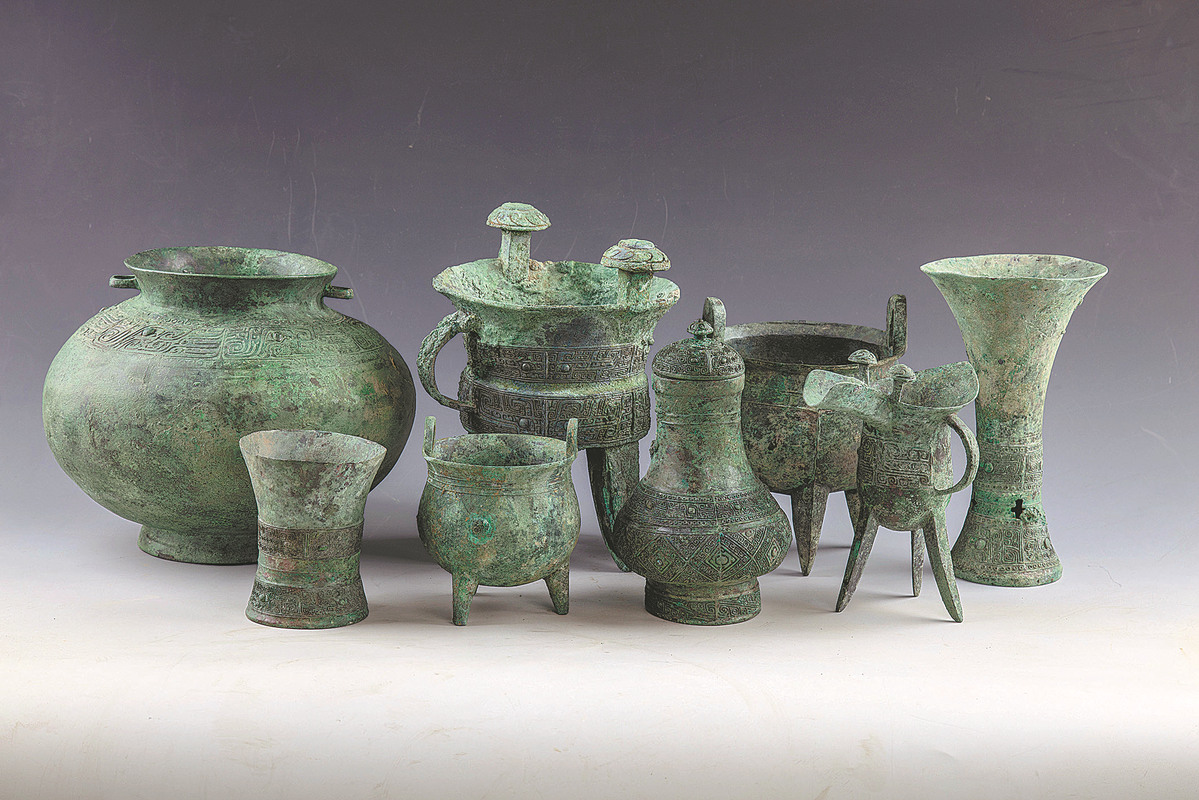
Almost a century after archaeological excavations began at the Yinxu in Anyang, Henan province, fruitful new findings are helping decode the early stages of Chinese civilization.
The 3,300-year-old site is best known as the home of exquisite ceremonial bronzeware and oracle bone inscriptions, the oldest-known Chinese writing system. The evolution of the characters written on the bones is also seen as an indication of the continuous line of Chinese civilization.
The inscriptions, mainly carved on turtle shells and ox bones for fortunetelling or recording events, show the Yinxu site to be the location of the capital of the late Shang Dynasty (c.16th century-11th century BC). The inscriptions also documented people’s daily life.
In the text, people then praised their capital as Dayishang, or “the grand metropolis of Shang”.
Post time: Nov-11-2022
